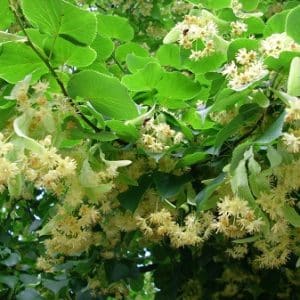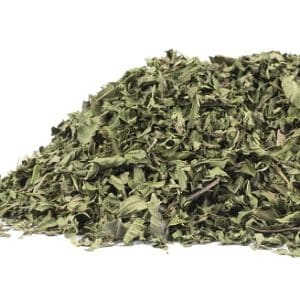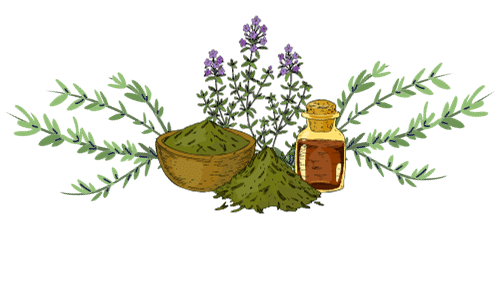Botanical Names
Common Names
Native to Europe, yarrow now grows worldwide in meadows and along roadsides and is known to all indigenous peoples. It is one of the most widely recognized and used of the perennial herbs. It forms a mat of fern-like leaves that have a minty scent when crushed and grows upward in a single stalk to a height of eight to twelve inches, producing a flat cluster of white flowers.
Its botanical name is derived from the Greek hero best known for his vulnerable heel. Achilles used it to treat his soldiers who were wounded in battle.
It was also known as herba militaris because it was used to staunch war wounds. Medieval physicians mixed the herb with grease to make a poultice for wounds that had been made with iron , that is, made by spears, for example.
Druids used it to divine seasonal changes, and the Chinese used it to foretell the future.
The Aztecs used the plant in poultices for sores. They made teas to cure coughs, diarrhea, and other digestive problems. It was also one of the herbs used to increase contractions during childbirth; and, when taken in large doses, it is used as a purge after overeating.
The Aztec name (tlalquequetzal) includes the suffix for the earth (tla) and for plumes (quetzal ), referring to its feathery leaves.
Yarrow was used by many tribes, including the Cheyenne, Menominee, Lakota, Assiniboin, Gros Ventre, and Okanagan to treat catarrh, coughs, colds, and fever effectively. At times, the use of an herb may seem contradictory, and such is the case with yarrow. The Iroquois drank a tea made from the root to treat diarrhea, while the Okanagan combined the root with other herbs to treat constipation. Many tribes have used yarrow topically in compresses to treat bleeding, as washes for such skin irritations as burns, eczema, hives, and poison ivy, as well as for poultices to treat wounds.
The Cheyenne called the plant i ha i se e yo meaning cough medicine. The Osage name is wetsaoindse egon or rattlesnake s tail-like. The Lakota called it cedar weed (xante canxlogan) and wound medicine (taopi pexuta), while the Winnebago s name referred to the appearance of the leaf hank-sintsh or woodchuck s tail.
The Cheyenne used the plant to stimulate sweating, to break a fever, and to alleviate cold symptoms. The Blackfeet made a tea and used it as a diuretic or rubbed on aflicted parts of the skin. The Lakotas used it to treat wounds, while the Crows chewed and held it in the mouth to cure a toothache. The Crows also made poultices from the crushed leaves for burns, boils, or open sores. They added goose fat to make a salve. The Assiniboins and Gros Ventres used a tea to treat colds and stomach complaints while poultices were applied to wounds. The Winnebagos placed a wad of leaves in the ear to cure earaches.
Key Actions
Key components




